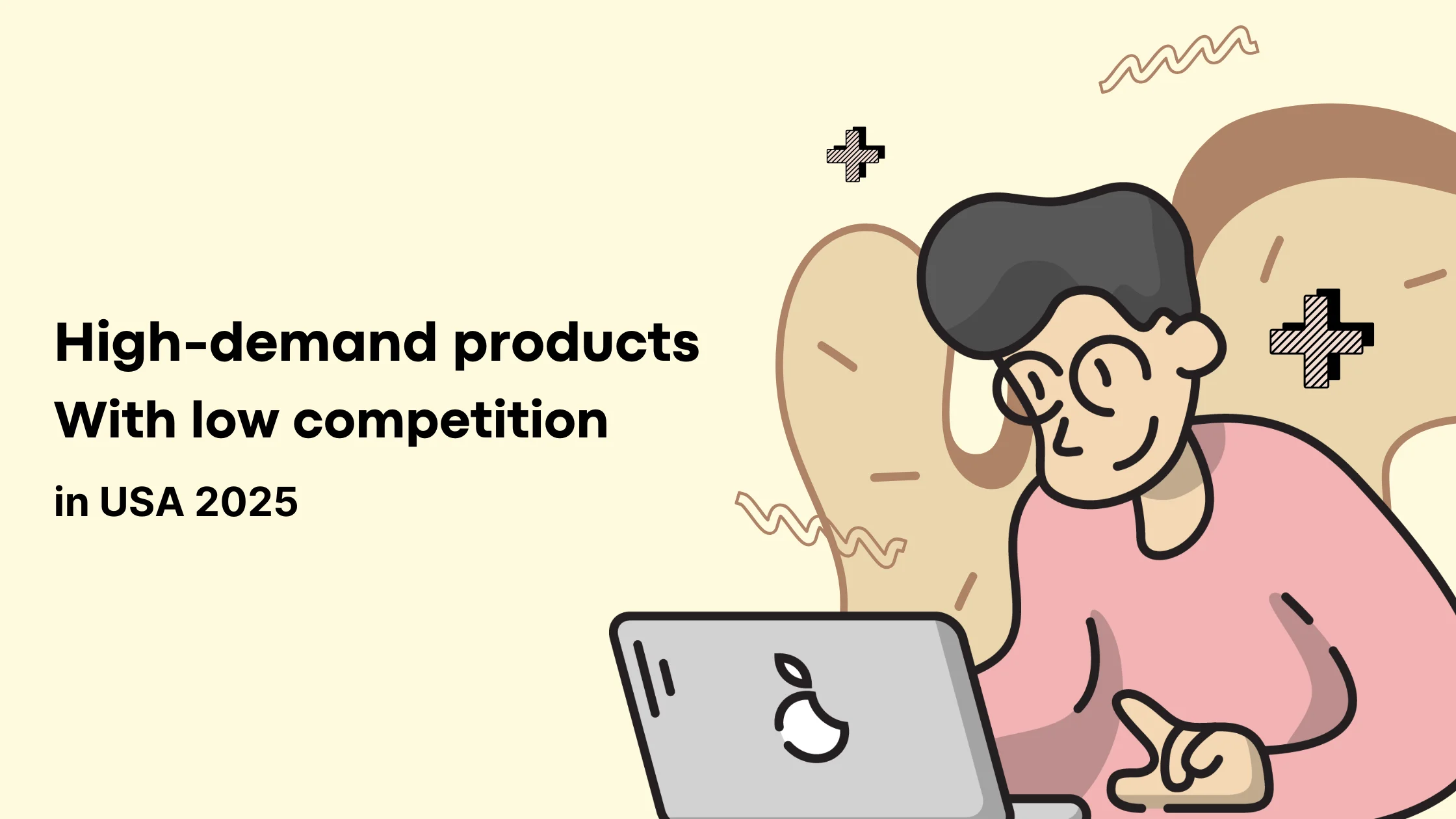Best High-Demand, Low-Competition Products to Sell Online in USA (2025 Guide)
The e-commerce and small business market in the USA is booming in 2025, but competition is tougher than ever. If you’re an entrepreneur, Amazon FBA seller, dropshipper, or Shopify store owner, you already know that chasing oversaturated products is a recipe for razor-thin margins.
That’s why the real winners this year are focusing on high-demand, low-competition products—items that customers are searching for in large numbers but very few sellers are offering. In this guide, you’ll discover the exact criteria to identify these golden opportunities, plus why 2025 is the perfect time to launch them.
What is a High-Demand, Low-Competition Product?
A high-demand product is something customers are actively searching for, buying often, or trending upward in popularity. A low-competition product means fewer sellers, minimal paid ad saturation, and unexplored niches on platforms like Amazon, Etsy, and Shopify.
Key indicators to spot these products:
- Rising search volume on Google Trends & Keyword Planner
- Few sellers dominating listings on Amazon & Shopify
- Limited availability in brick-and-mortar stores
- Low advertising costs due to minimal competition
When you find a product that checks all these boxes, you’ve discovered a profitable e-commerce niche.
Why You Should Sell Low-Competition Products in 2025
In 2025, ad costs are at an all-time high, and customers are more selective with their purchases. Competing on price in oversaturated markets only leads to shrinking profits. Instead, selling low-competition products in the USA allows you to:
-
Lower your customer acquisition costs with less ad competition
-
Build a unique brand identity in underserved niches
-
Tap into unmet customer needs before bigger sellers enter
-
Avoid price wars that drain your profit margins
According to BlueCart, niching down is the smartest way to thrive in today’s e-commerce economy. By identifying and launching products in untapped categories, you can create a sustainable business with higher margins and long-term growth.
3. 15 High Demand Products with Low Competition in USA 2025
Let’s explore high-demand products with low competition in 2025 that are trending and still give you a competitive edge.
1. Eco-Friendly Pet Products :
Pros: Strong and growing market, high-profit margins, and an authentic brand story that resonates with consumers.
Cons: Intense competition requires a strong marketing strategy and differentiation.
➤ Demand: High
- Why High: Rising pet “humanization” and increased consumer focus on sustainability and non-toxic materials.
➤ Competition Level: Medium to High
- Why Medium to High: A mix of large companies entering the market and a growing number of specialized startups.
➤ Profit Margin: High
- Why High: Consumers are willing to pay a premium for products with organic, ethical, or biodegradable features.
➤ Saturation Level: Medium
- Why Medium: While many products exist, there’s still room for niche specialization (e.g., insect-based food).
➤ Profitability Score: High
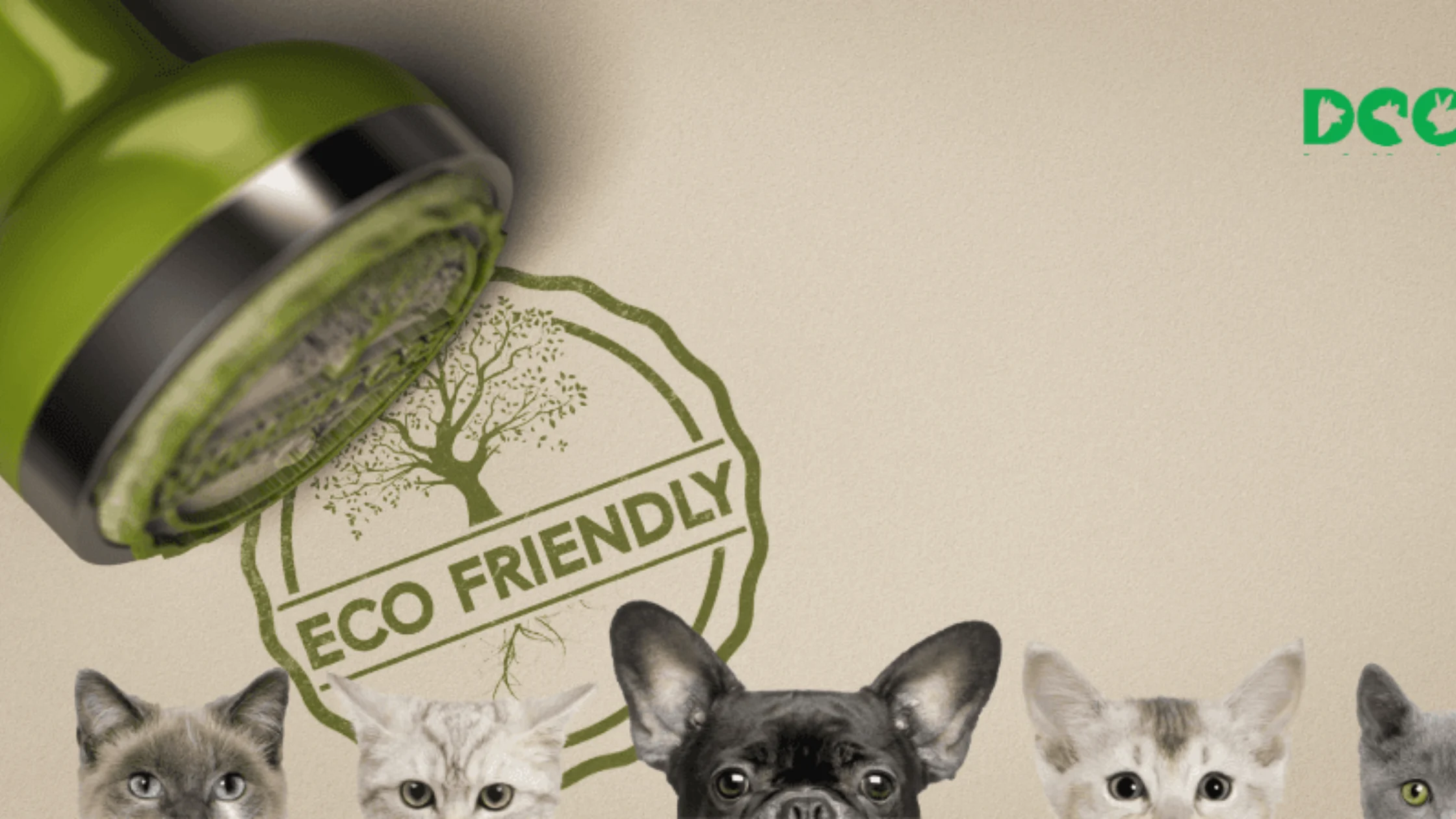
Eco-conscious pet owners are turning to sustainable options like biodegradable poop bags and organic pet shampoos. This niche is growing fast but still lacks competition, offering a green opportunity for sellers.
2. Smart Plant Care Devices :
- Pros: High-growth potential, premium pricing, and the ability to build a loyal customer base around a unique brand.
- Cons: High R&D costs, potential for technical issues, and the need for consumer education.
➤ Demand: High
- Why High: The “plant parent” trend and the desire for convenient, technology-driven solutions for home gardening.
➤ Competition Level: Medium to High
- Why Medium to High: Established tech and home goods brands are entering, alongside many innovative startups.
➤ Profit Margin: High
- Why High: These are considered premium, tech-enabled devices, allowing for a high price point and good margins.
➤ Saturation Level: Low to Medium
- Why Low to Medium: The market is still in a growth phase with a lot of potential for new products and features.
➤ Profitability Score: High
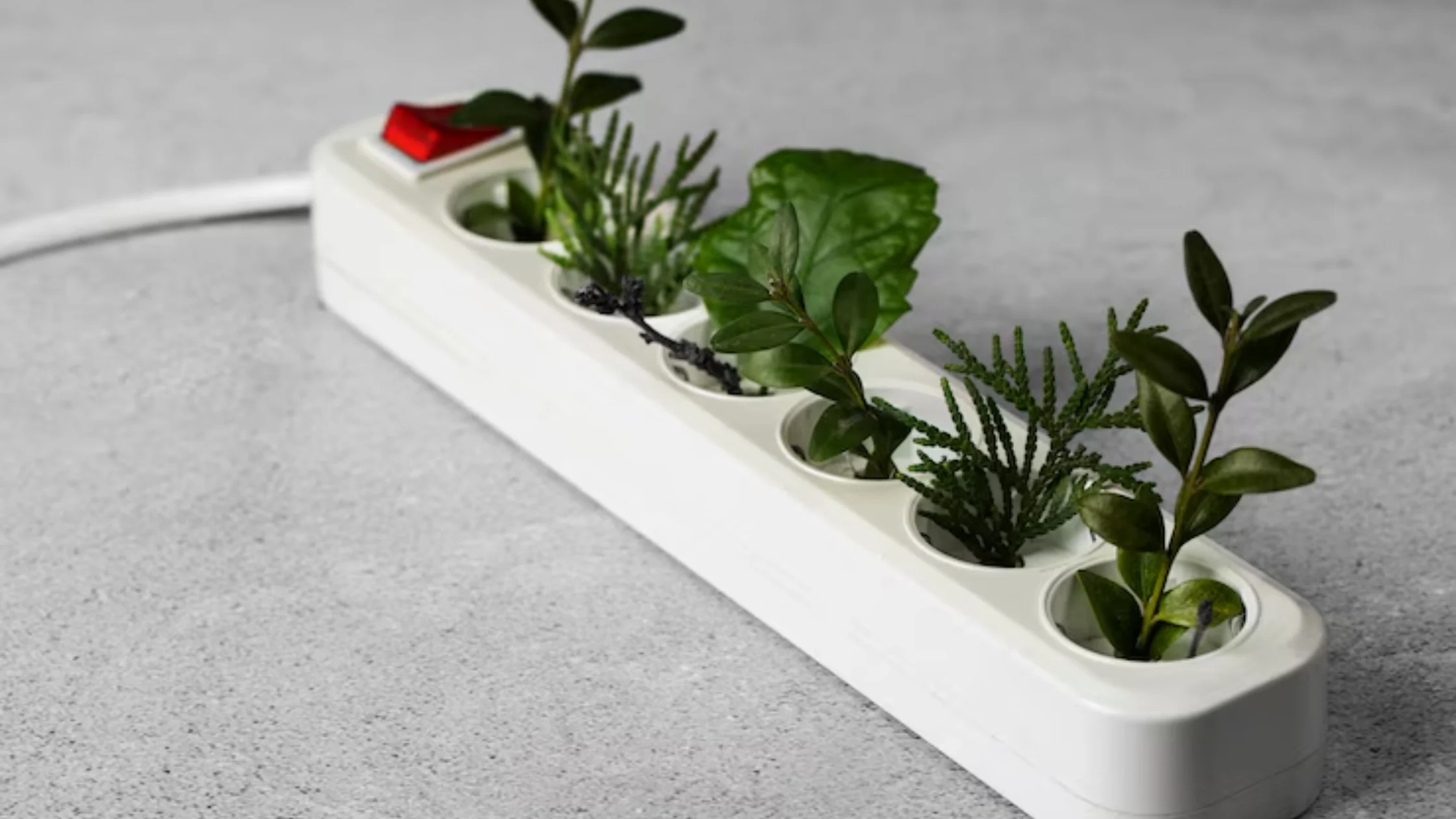
With gardening becoming a smart hobby, devices like automatic watering pots and Bluetooth-enabled soil sensors are in high demand. These innovative tools help users monitor and care for plants easily, yet the market remains relatively untapped.
3. Personalized Learning Tools for Kids
- Pros: Recurring revenue from subscriptions, high-profit margins, and a meaningful mission.
- Cons: Requires significant initial investment in development, and customer acquisition can be expensive.
➤ Demand: High
- Why High: Parents are seeking customized educational solutions to help their children succeed, a trend accelerated by remote learning.
➤ Competition Level: Medium to High
- Why Medium to High: The education technology (EdTech) space is crowded, with both large companies and startups offering various solutions.
➤ Profit Margin: High
- Why High: These are often digital subscription services or premium software, which have low overhead and high-profit potential.
➤ Saturation Level: Low to Medium
- Why Low to Medium: While many tools exist, a lot of white space remains for products tailored to specific subjects, age groups, or learning styles.
➤ Profitability Score: High

Parents are increasingly turning to custom educational tools like flashcards, sensory kits, and interactive worksheets. These items support home learning and cater to various age groups, yet competition is still relatively low.
4. Compact Fitness Gear
- Pros: High demand, good profit margins, and a direct-to-consumer (DTC) friendly business model.
- Cons: The market is sensitive to trends, and it can be difficult to build trust in a crowded space.
➤ Demand: High
- Why High: The shift to home workouts and a desire for space-saving equipment.
➤ Competition Level: Medium to High
- Why Medium to High: The home fitness market has many brands, from well-known names to numerous new entrants.
➤ Profit Margin: High
- Why High: High consumer demand for convenience and aesthetics allows for premium pricing on well-designed products.
➤ Saturation Level: Low to Medium
- Why Low to Medium: The market is still evolving with new innovations. Opportunities exist in creating smarter, more aesthetically pleasing, or multi-functional gear.
➤ Profitability Score: High

Fitness enthusiasts are seeking space-saving solutions like foldable yoga mats and smart resistance bands. These portable tools are perfect for small spaces and are still emerging in the market.
5. DIY Nail Art Kits
- Pros: Strong social media appeal, low startup costs, and high margins.
- Cons: Intense competition, risk of low-quality products from competitors, and a highly trend-driven market.
➤ Demand: High
- Why High: The popularity of social media trends and a consumer desire for affordable, at-home beauty solutions.
➤ Competition Level: Medium to High
- Why Medium to High: A wide variety of brands, from traditional cosmetics companies to independent sellers on platforms like Etsy.
➤ Profit Margin: High
- Why High: High demand and a relatively low cost of goods for components like polish, tools, and stickers allow for strong margins.
➤ Saturation Level: Medium
- Why Medium: The market has many players, so success requires a unique product or a strong brand identity.
➤ Profitability Score: High
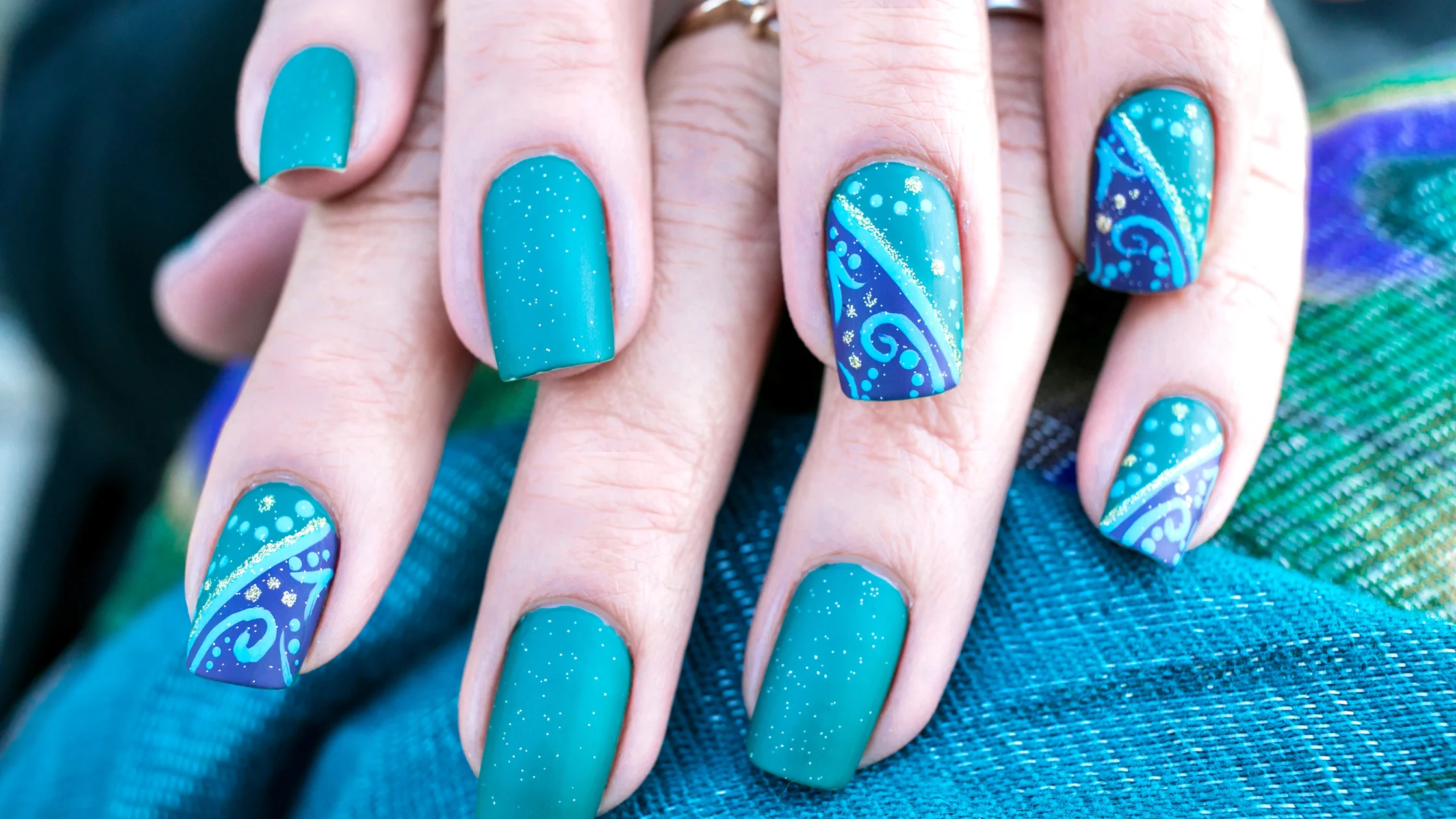
Home beauty trends continue strong, with DIY nail kits like gel polish sets and nail art printers gaining traction. Despite the demand, the market is still niche and relatively low in competition.
6. Reusable Notebook Tablets
- Pros: Fills a strong consumer need, high-profit margins, and a clear eco-friendly message.
- Cons: Requires investment in R&D, and competition from both traditional notebooks and tablet apps is a factor.
➤ Demand: High
- Why High: Combines the convenience of a traditional notebook with the sustainability and digital benefits of technology.
➤ Competition Level: Medium to High
- Why Medium to High: Several well-known brands dominate, but many new companies are entering with different features and price points.
➤ Profit Margin: High
- Why High: A premium product with a strong value proposition (reusability, cloud integration), allowing for high pricing.
➤ Saturation Level: Low to Medium
- Why Low to Medium: The market is not yet fully mature, and there’s room for innovation in software, features, and materials.
➤ Profitability Score: High
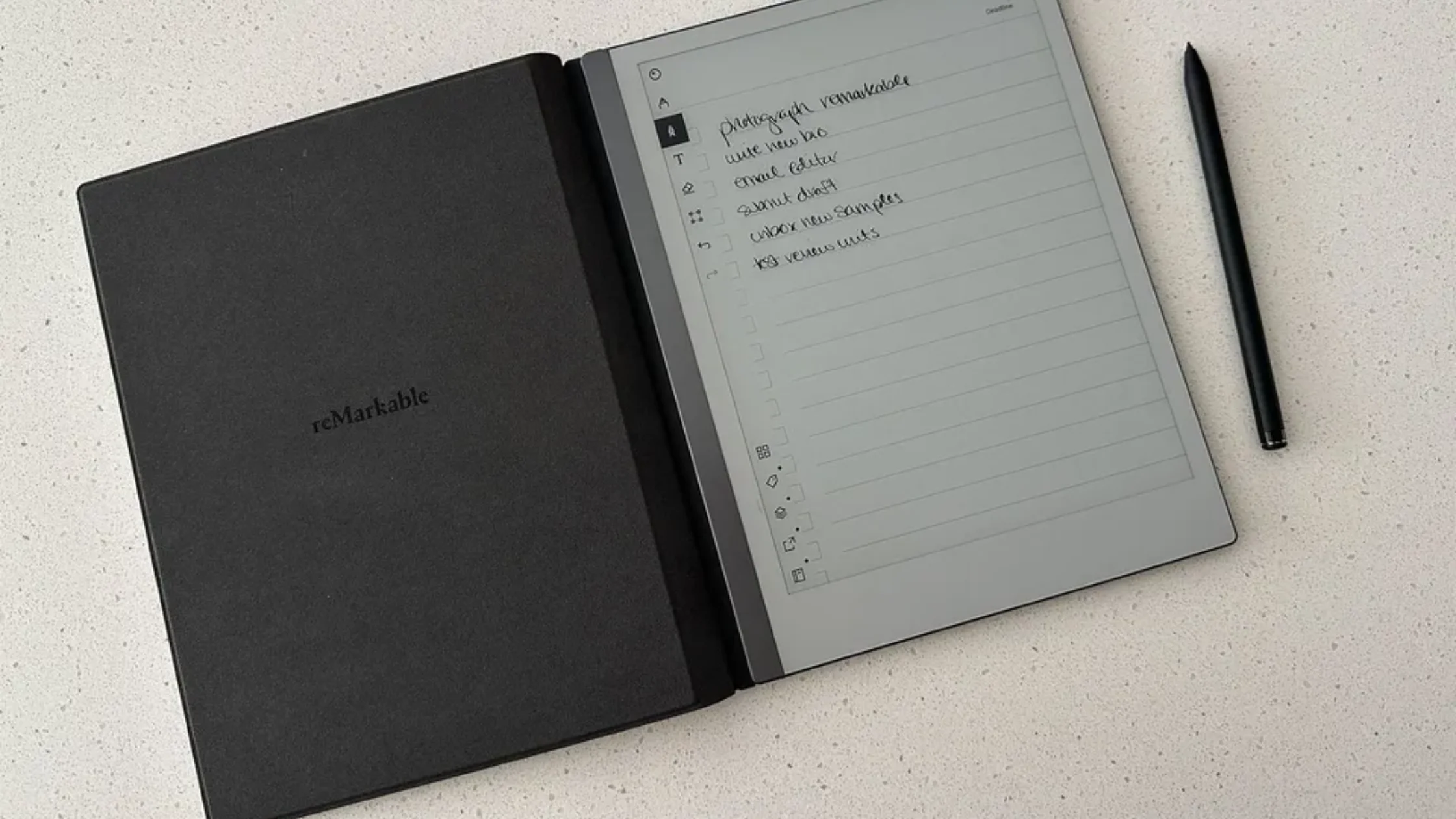
Reusable smart notebooks offer a paperless solution for students and professionals alike. These cloud-connected devices let users write, scan, and reuse pages endlessly, reducing waste. Demand is climbing, especially among eco-conscious consumers, while competition remains low.
7. Organic Skincare for Men
- Pros: Strong growth trend, high margins, and the ability to build a highly loyal customer base.
- Cons: High cost of organic ingredients, and the need for compelling marketing to a specific demographic.
➤ Demand: High
- Why High: Men are increasingly focused on self-care and are seeking clean, natural, and effective products.
➤ Competition Level: Medium to High
- Why Medium to High: A mix of large, established grooming brands and a surge of new, digitally-native organic startups.
➤ Profit Margin: High
- Why High: Consumers are willing to pay a premium for products with high-quality, organic ingredients and ethical sourcing.
➤ Saturation Level: Low to Medium
- Why Low to Medium: While the overall men’s grooming market is mature, the “organic” and “clean” segment is still growing and offers many opportunities.
➤ Profitability Score: High

Men are investing more in self-care, and organic skincare is leading the charge. Products like natural beard oils, sulfate-free cleansers, and plant-based moisturizers are gaining popularity. The market remains underdeveloped, offering room for brands that focus on clean, simple ingredients.
8. Water-Saving Shower Devices
- Pros: A strong, purpose-driven mission, a clear value proposition (saving money/water), and low saturation.
- Cons: Lower initial demand compared to “trendy” products, and a potentially longer sales cycle as it is a considered purchase.
➤ Demand: Medium
- Why Medium: Demand is growing due to environmental concerns and rising utility costs, but it’s not a viral, trend-driven market.
➤ Competition Level: Medium
- Why Medium: A number of established companies and some new, tech-focused startups compete, but it’s not as crowded as other consumer goods markets.
➤ Profit Margin: Medium to High
- Why Medium to High: While not as high as luxury goods, the perceived value of saving money and water allows for solid profit margins.
➤ Saturation Level: Low
- Why Low: This market is still very underdeveloped with significant potential for innovation and new entrants.
➤ Profitability Score: Medium

As water conservation becomes a growing concern, smart shower heads and flow-restricting nozzles are gaining attention. These products help reduce water usage without compromising comfort, appealing to eco-conscious homeowners. The niche remains fresh with relatively low competition.
9. Custom Digital Planners
- Pros: Extremely high profit margins, low startup costs, and no physical inventory to manage.
- Cons: Requires strong digital marketing skills, and success is heavily reliant on finding and serving a specific niche.
➤ Demand: High
- Why High: The digital planning trend is booming, offering a flexible and eco-friendly alternative to paper planners.
➤ Competition Level: Medium
- Why Medium: The competition is strong, especially from a large number of independent creators selling on platforms like Etsy.
➤ Profit Margin: High
- Why High: These are digital products with a one-time creation cost and infinite scalability, leading to exceptionally high margins.
➤ Saturation Level: Medium
- Why Medium: The market has many competitors, so success requires specializing in a niche (e.g., planners for students, entrepreneurs, or specific hobbies).
➤ Profitability Score: High
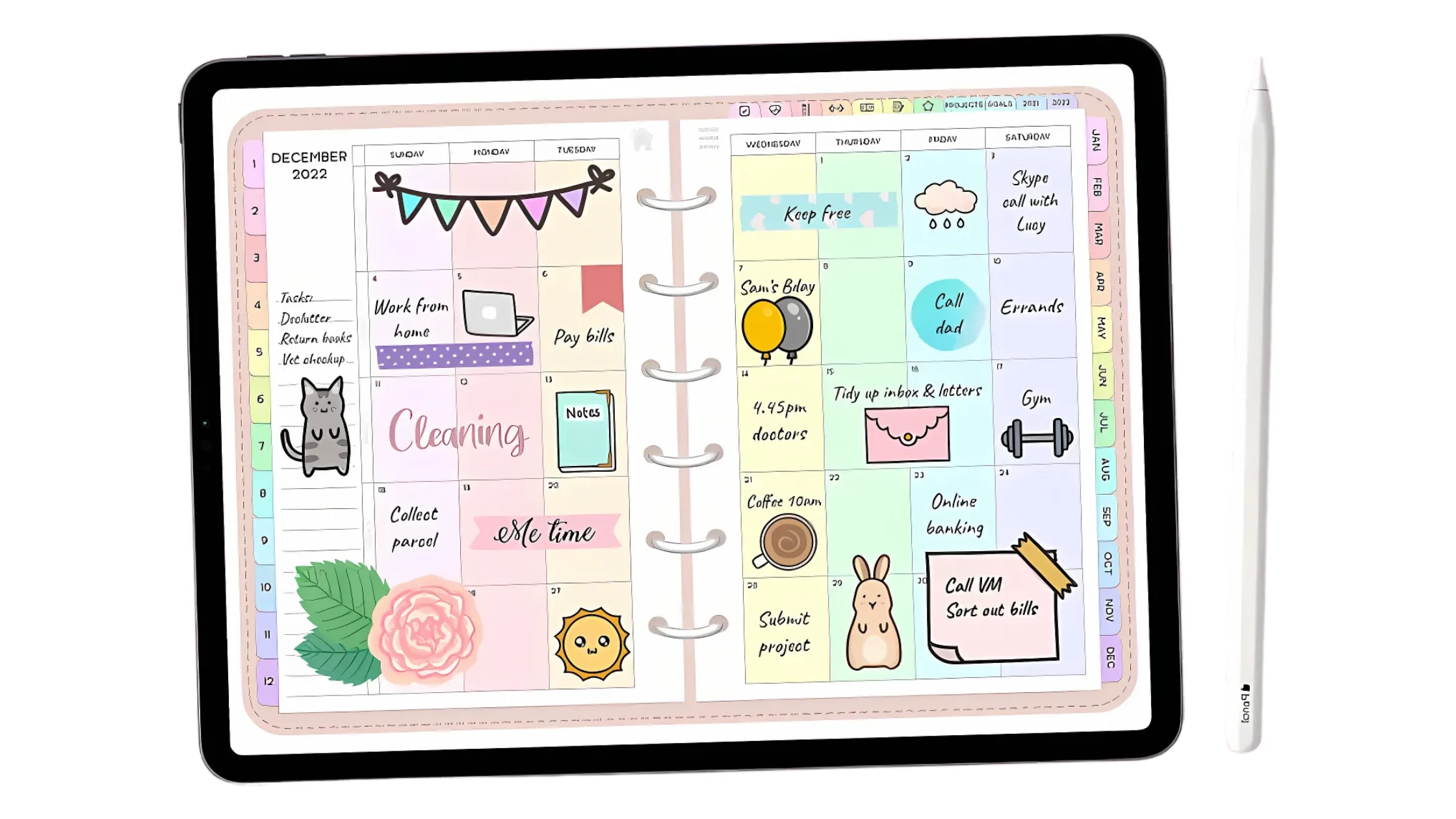
Custom digital planners tailored for niches like fitness, budgeting, mental health, or ADHD management are booming on platforms like Etsy. These planners are easy to deliver, low-cost to produce, and offer high personalization—yet remain relatively low in competition.
10. Sleep Aid Accessories
- Pros: High consumer spending in this category, and products can be relatively simple to manufacture.
- Cons: Very high competition, a need for substantial marketing budgets to stand out, and the challenge of proving product effectiveness.
➤ Demand: High
- Why High: The global sleep-health crisis is a major concern, driving demand for products that promise better sleep.
➤ Competition Level: High
- Why High: The market is very crowded with a wide range of products from big brands to countless smaller ones.
➤ Profit Margin: High
- Why High: Consumers are willing to spend a lot of money to solve their sleep problems, allowing for premium pricing.
➤ Saturation Level: High
- Why High: This market is saturated with everything from apps to pillows to white noise machines. Differentiation is extremely difficult.
➤ Profitability Score: Medium
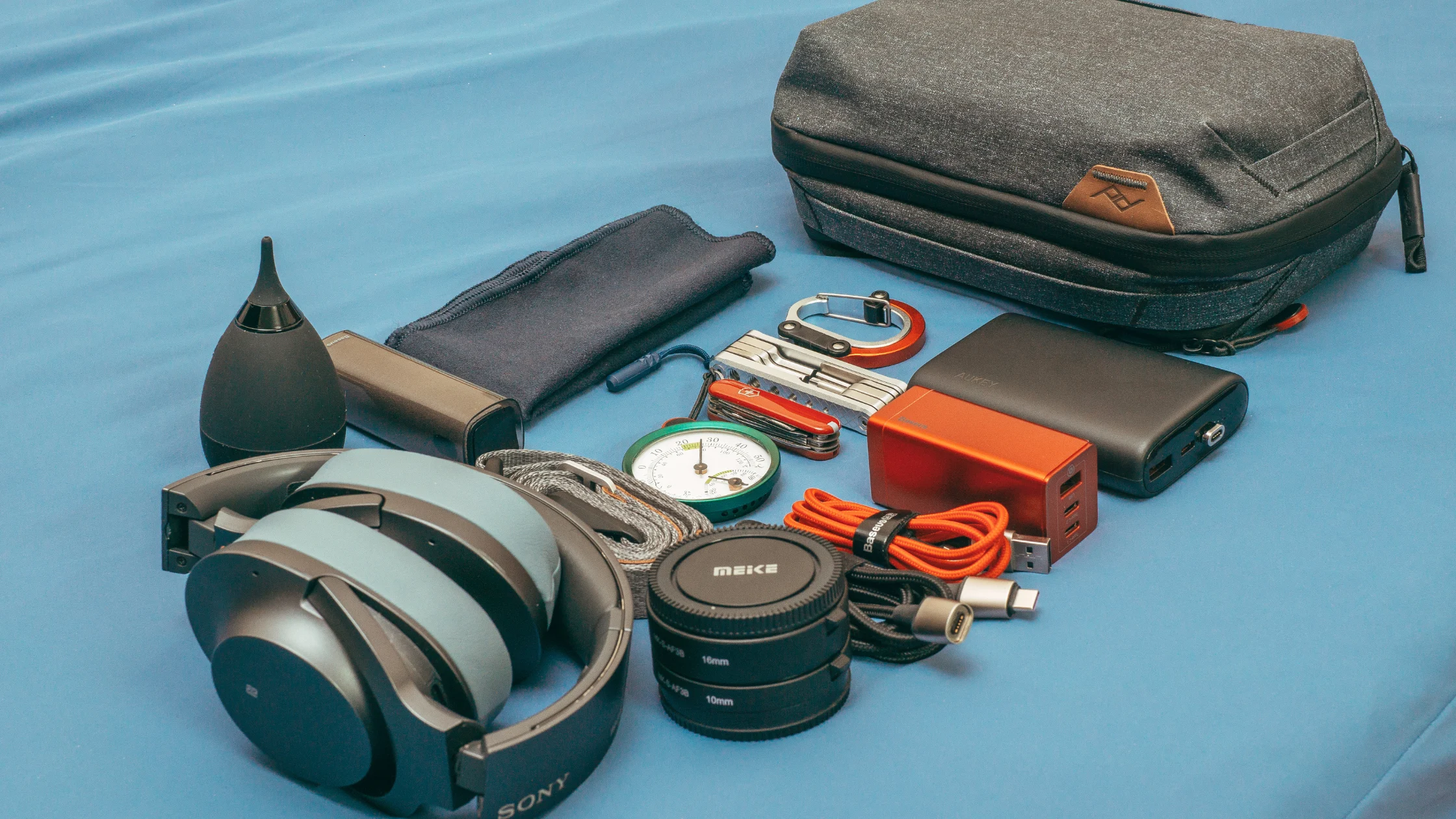
Products like smart eye masks, white noise machines, and temperature-regulating pillows are gaining popularity as people prioritize better sleep. This category offers high demand with relatively low market saturation, especially among wellness-focused consumers.
11. Minimalist Desk Decor
- Pros: Strong social media appeal, high margins, and a wide variety of potential products.
- Cons: High reliance on social media trends and potential for inconsistent demand.
➤ Demand: Medium to High
- Why Medium to High: The rise of remote work and the “aesthetic” trend on social media drives demand for a well-designed workspace.
➤ Competition Level: Medium
- Why Medium: The home decor market is vast, but the specific “minimalist desk decor” niche has many small, but few dominant, competitors.
➤ Profit Margin: High
- Why High: These are often considered lifestyle or aesthetic products, allowing for a significant markup.
➤ Saturation Level: Medium
- Why Medium: The market is not fully saturated, but there are many options. Success requires a strong, cohesive brand identity.
➤ Profitability Score: High

As remote and hybrid work persist, there’s a rising demand for clean, functional desk accessories. Items like ergonomic laptop stands, desk organizers, and small decorative plants offer style and utility. The niche is still relatively unsaturated, with room for fresh branding.
12. Allergen-Free Snacks
- Pros: Strong, stable demand; high margins; and a loyal customer base due to trust in the product.
- Cons: Strict regulations, high production costs, and the need for careful ingredient sourcing to avoid cross-contamination.
➤ Demand: High
- Why High: The increasing prevalence of food allergies and a growing focus on health and dietary restrictions.
➤ Competition Level: Medium to High
- Why Medium to High: A mix of large food companies with allergen-free lines and a thriving ecosystem of small, specialized brands.
➤ Profit Margin: High
- Why High: These are speciality food products, and consumers are consistently willing to pay a premium for safety and peace of mind.
➤ Saturation Level: Medium
- Why Medium: While many brands exist, there’s still a lot of room for innovation in flavour, texture, and specific allergen-free combinations.
➤ Profitability Score: High
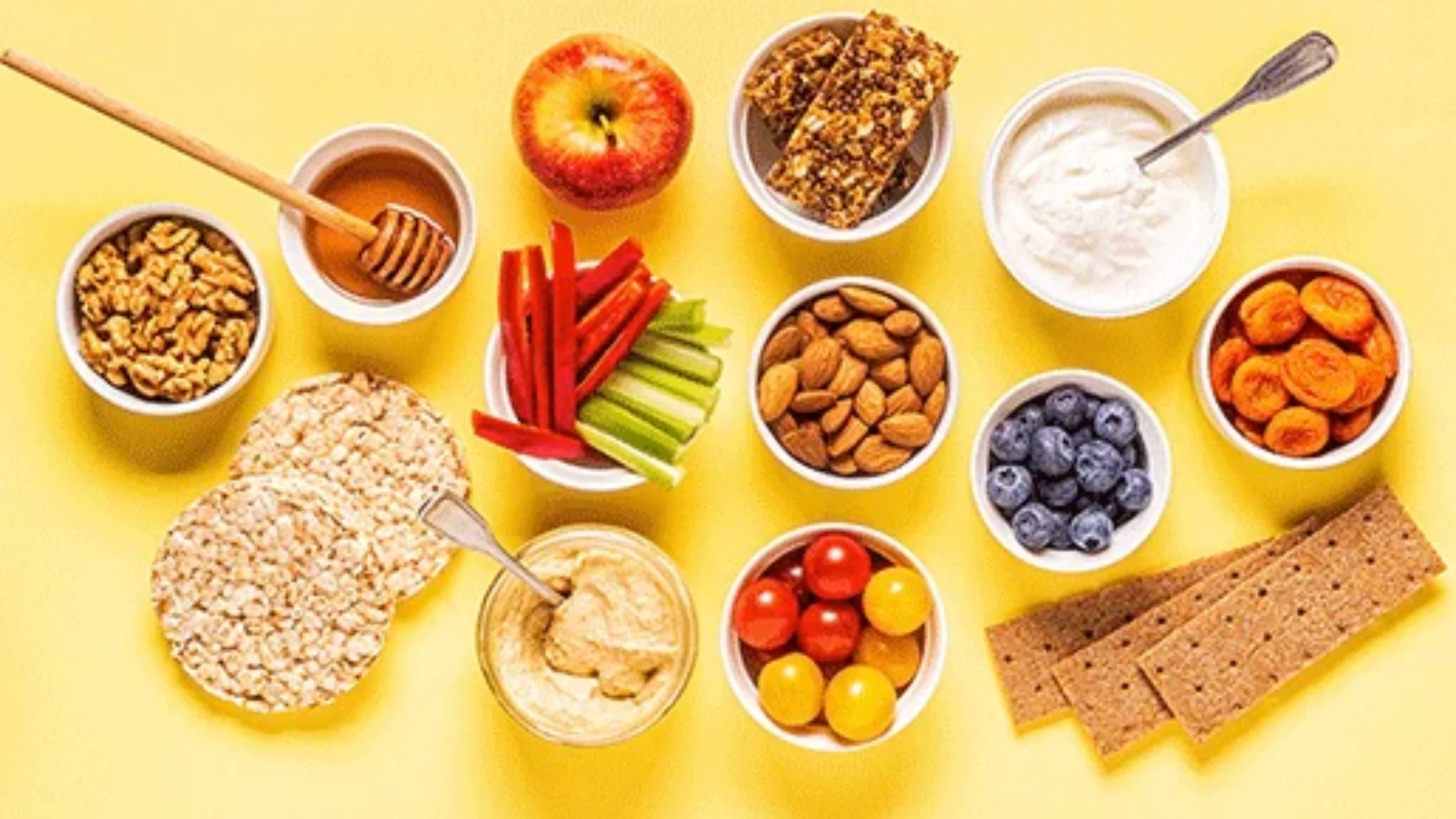
Health-conscious consumers are actively searching for gluten-free, dairy-free, and nut-free snack options. These products are especially in demand for kids, seniors, and individuals with dietary restrictions. Despite growing awareness, this niche still sees relatively low competition.
13. Car Organization Tools
- Pros: Steady, consistent demand.
- Cons: Very low-profit margins, intense competition, and a high risk of being undercut on price.
➤ Demand: Medium
- Why Medium: This is a persistent but not trend-driven need for many drivers who want a tidy car.
➤ Competition Level: High
- Why High: The market is saturated with countless generic products from big retailers and online marketplaces.
➤ Profit Margin: Low to Medium
- Why Low to Medium: The market is dominated by low-cost, mass-produced products, making it hard to command a high price point.
➤ Saturation Level: High
- Why High: It’s a mature market with a vast number of products already available.
➤ Profitability Score: Low to Medium
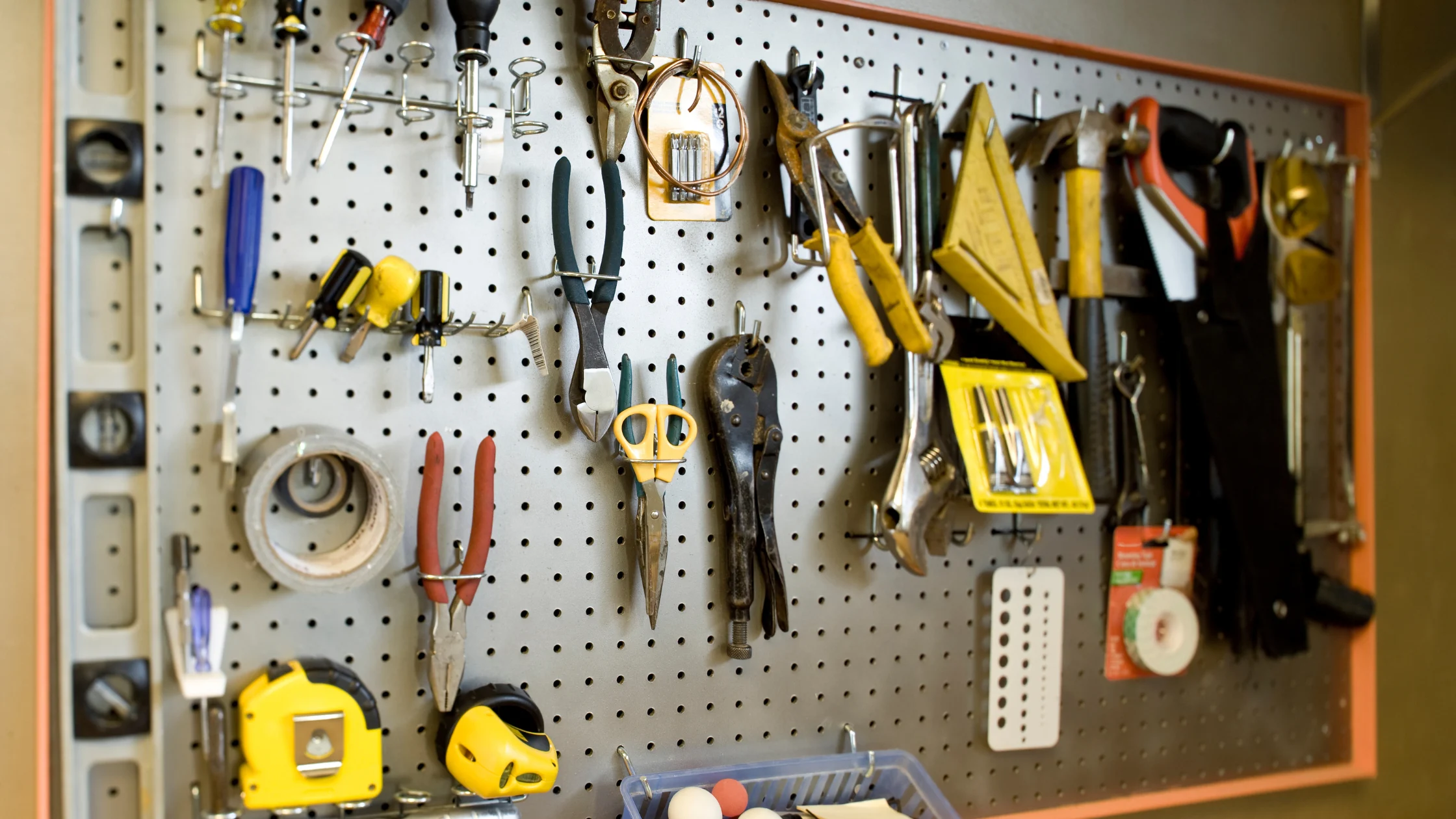
As more people use their cars as mobile offices or travel hubs, the demand for seat organizers, trunk compartments, and cable holders is rising. These products improve functionality and aesthetics, yet the market is still open for creative new entries.
14. Pocket-Size Tech Gadgets
- Pros: A fun and exciting market, with a constant flow of new ideas.
- Cons: Requires significant R&D, high competition, and products can quickly become obsolete.
➤ Demand: Medium to High
- Why Medium to High: A constant desire for convenient, portable, and innovative technology.
➤ Competition Level: High
- Why High: This market is extremely crowded with a huge number of products from global brands to small-time manufacturers.
➤ Profit Margin: Low to Medium
- Why Low to Medium: Unless a product is truly unique, it’s easy to be undercut on price by competitors.
➤ Saturation Level: High
- Why High: The market is flooded with gadgets that often have similar functionalities.
➤ Profitability Score: Low to Medium

Compact gadgets like mini projectors, foldable keyboards, and portable power banks are in demand due to their convenience and portability. Tech-savvy consumers love smart, travel-friendly solutions—and the market still offers plenty of space for new players.
15. AI-Powered Study Tools
- Pros: Rapidly growing market, low saturation, and the potential to create a highly scalable and profitable business.
- Cons: Requires significant technical expertise and R&D investment, and consumer trust in AI accuracy is a major factor.
➤ Demand: High
- Why High: AI is transforming education, and students/parents are actively seeking tools to improve efficiency and personalization.
➤ Competition Level: Medium
- Why Medium: The market is still in its early stages, so while there are competitors, it’s not yet crowded.
➤ Profit Margin: High
- Why High: These are typically software-as-a-service (SaaS) products with low variable costs, allowing for high margins.
➤ Saturation Level: Low
- Why Low: This is an emerging market with a lot of white space for new applications and features.
➤ Profitability Score: High

AI-powered tools such as smart note-takers, learning assistant apps, and study planners are transforming how students learn. These tech products are gaining popularity in the education space, yet competition is still low compared to their rising demand.
4. Product Research Tips for 2025
Before selling, validate your idea:
- Use Google Trends to analyse seasonal spikes and consistency
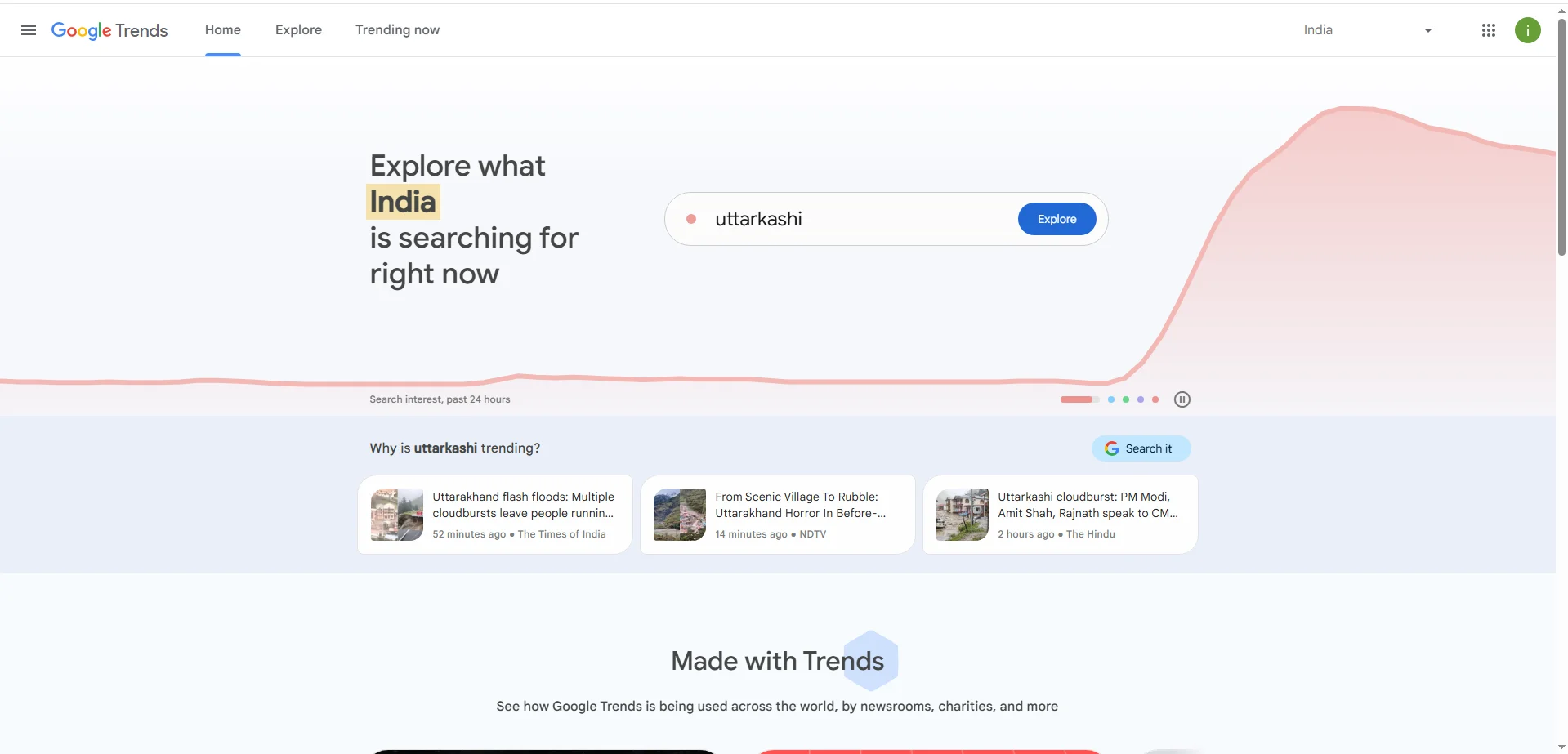
Check Amazon Best Sellers + read reviews to spot gaps
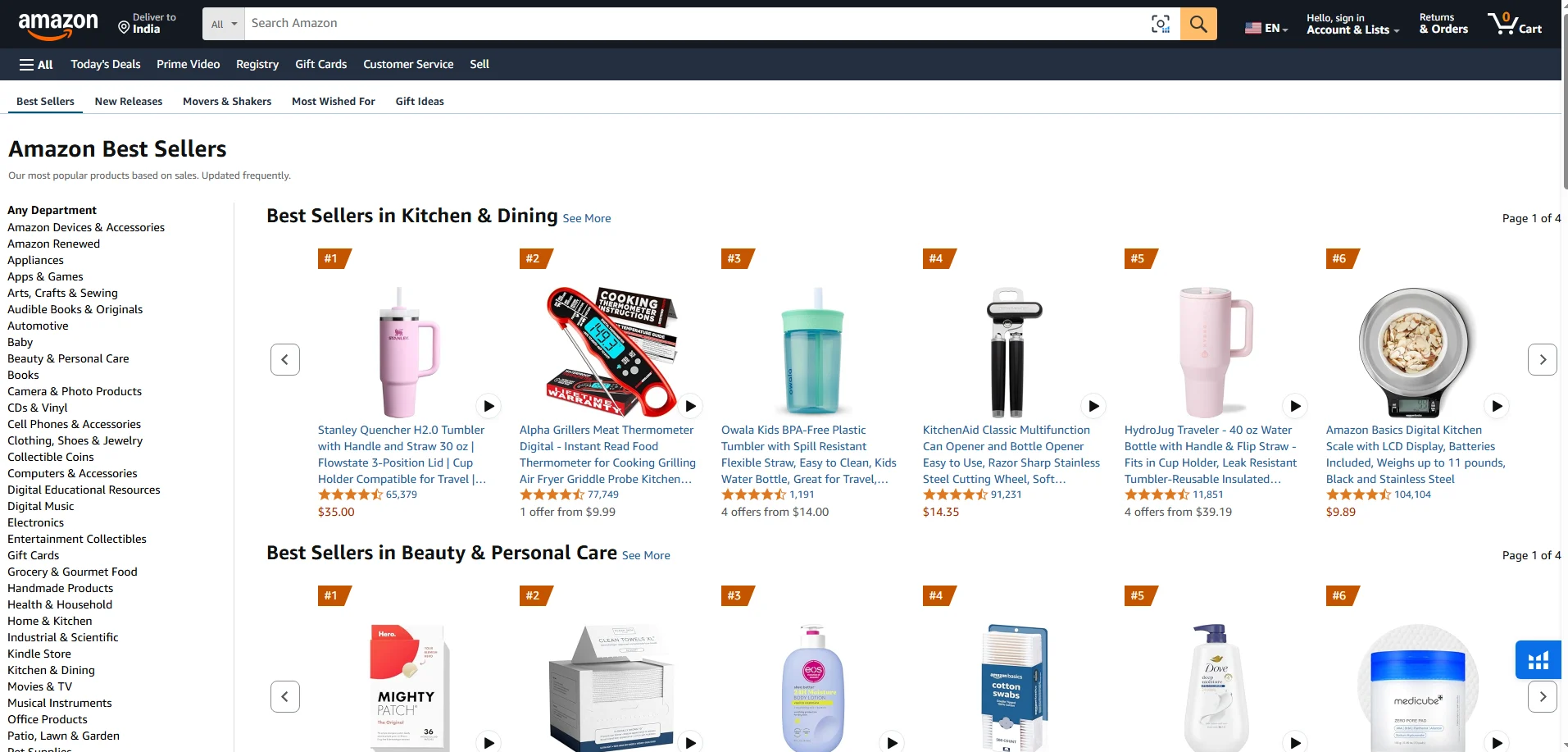
- Use tools like Dropship.io, Sell The Trend, or Jungle Scout
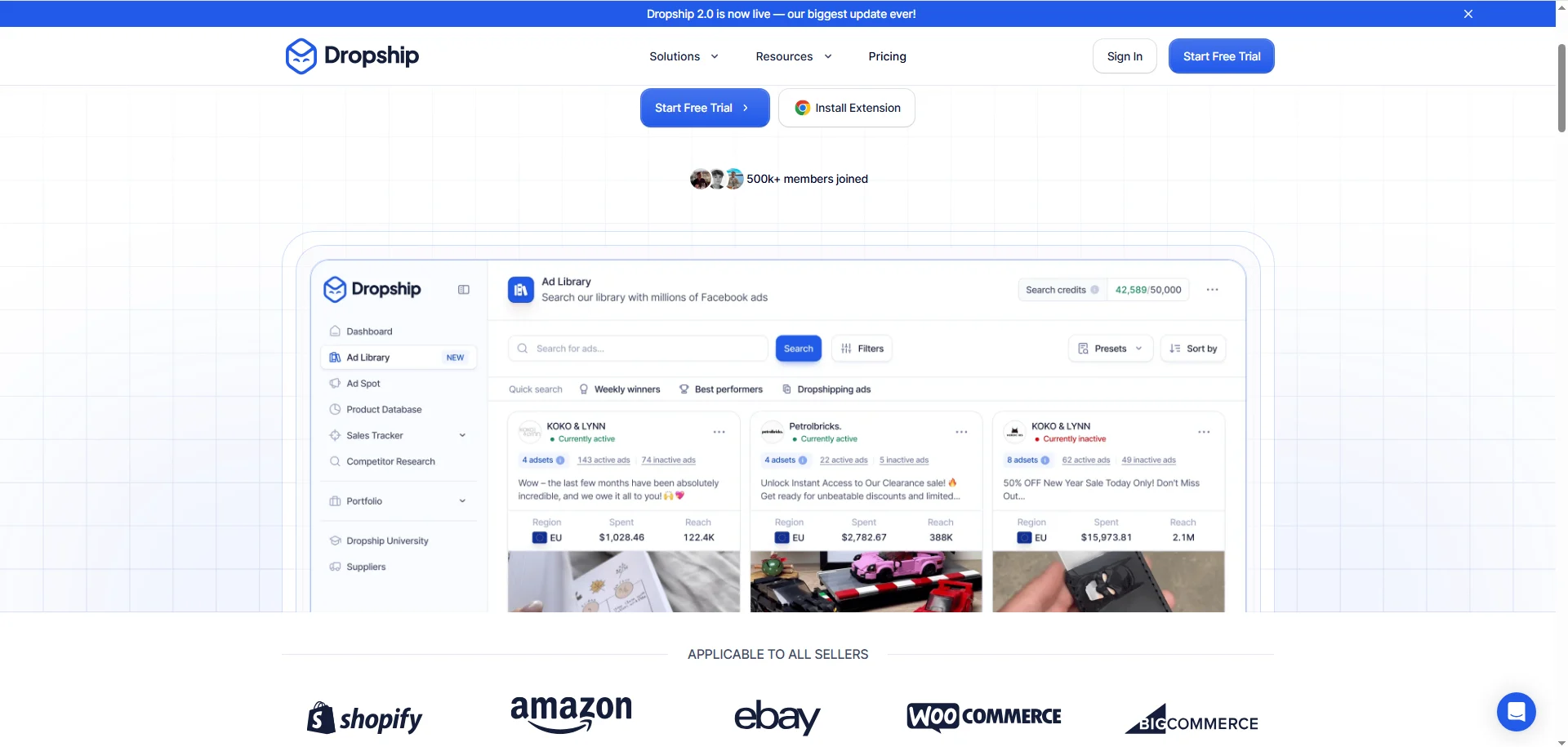
- Explore Reddit, TikTok, and niche Facebook groups to find organic demand
- Explore this Dropship.io guide for more real-time research tools.
5. Where to Source Low Competition Products
Here are some go-to sourcing options:
- Alibaba / AliExpress: Ideal for custom or white-label items
- Printify / Printful: For custom POD products like planners and apparel
- Faire or Abound: For USA-made or small-batch local goods
- Etsy Suppliers: For handmade or digital creators, open to bulk partnerships
6. Final Thoughts + Actionable Steps
Breaking into the U.S. market in 2025 with most demanded products in USA doesn’t mean you need to fight in crowded spaces. Focus on emerging needs, personalization, and sustainability. Pick one of the high demand products with low competition in USA 2025 and:
- Validate with trend tools and small test orders
- Create a standout brand positioning Website using platforms like + WooCommerce, Wix, and others.
- Use long-tail keywords like “best eco-friendly pet toy for small dogs”
- Build SEO-optimised content and social proof
- Scale with influencer micro-campaigns and user-generated content
Start lean, grow smart. Thanks for spending your time our blog post.
FAQ
Finding High-Demand, Low-Competition Products in the USA
- What are high-demand, low-competition products?
These are products with lots of buyers but few sellers. They’re usually in niche markets or are new inventions, making them great business opportunities.
- How do I find these products in the USA?
Look for rising trends on social media and use Google Trends to see what people are searching for. Pay attention to problems people are complaining about and create a product to solve it.
- Why are some products “high demand”?
A product is in high demand when many people want it. This is often because it’s a popular trend (like smart home gadgets) or it solves a big problem (like allergen-free food).
- What are some examples?
From our analysis, AI-powered study tools and smart plant care devices are great examples of products with high demand but still low to medium competition.
Where do we get all the data? :
- For Demand: Use Google Trends to see what people are searching for.
- For Competition: Search for the product on Google and Amazon to see how many brands are selling it.
- For Profit Margin: Check industry reports from sources like Statista or look at public company financial reports.
Also read:
